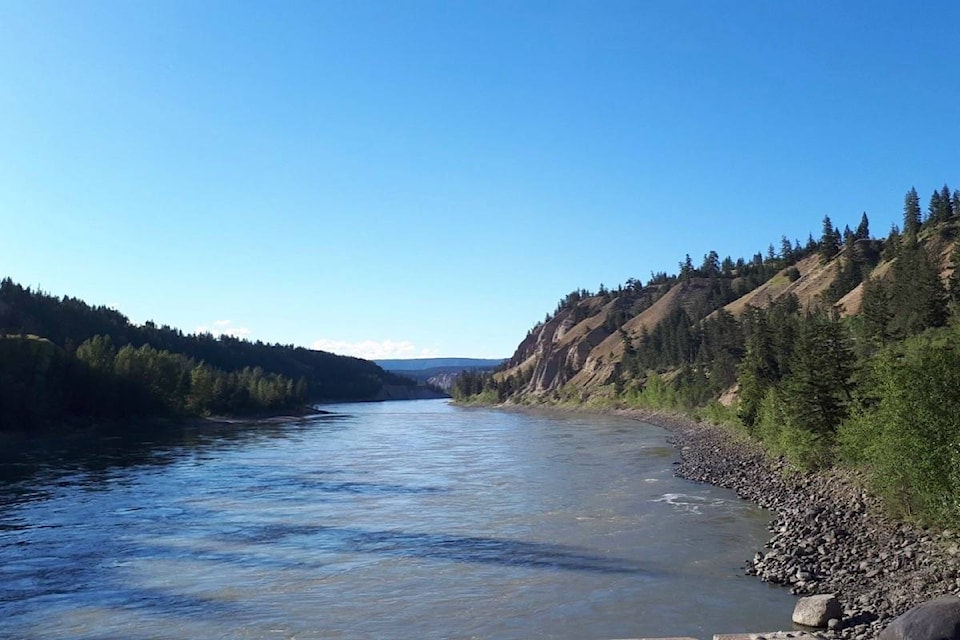With streams and rivers in the Middle Fraser, Similkameen, Coldwater, Nicola and Kettle watersheds experiencing very low flows, and weather conditions expected to remain dry, the forests ministry is asking residents of the Cariboo and Thompson-Okanagan regions are urged to reduce their water consumption.
These areas are currently experiencing level three hydrological drought conditions, which call for voluntary water use reductions of 30 per cent from all water users.
The regions could experience water supply shortages in 2017 unless there is substantial precipitation.
Ministry staff are closely monitoring river levels and may upgrade the drought level if weather continues to have a negative effect on stream flows and water supply.
Local water conservation bylaws may differ from provincial water conservation targets, due to local water supply and demand, and the availability of storage (lakes and reservoirs) or groundwater.
Residential, agricultural and industrial water users located within municipalities and regional districts are encouraged to observe local water conservation bylaws where they exist. While water conservation is the goal, it is recognized that water is needed to extinguish fires.
As conditions deteriorate, provincial water managers may exercise their authority to temporarily suspend authorized water usage in affected watersheds and aquifers. Level 4 drought conditions, the highest rating, are determined by many factors, including regional stream flows, water storage capacity, ecological concerns, weather forecasts and impacts on water users.
The new Water Sustainability Act contains new tools to manage water use during times of scarcity.
Water conservation is everyone’s responsibility.
Many communities in B.C. are prepared to deal with water supply shortages and low streamflow conditions by using drought management plans and water conservation programs that are already in place.
Water conservation tips
At home
* Limit outdoor watering
* Don’t water during the heat of the day or when it’s windy
* Consider planting drought-tolerant vegetation
* Take shorter showers
* Don’t leave the tap running
* Install water-efficient showerheads and toilets
On the farm
* Implement an irrigation scheduling program using real-time weather data
* Schedule irrigation to match crop needs and soil storage capacity
* Improve water system efficiencies and check for leaks
* Focus on high value crops and livestock
Industry
* Reduce non-essential water usage
* Recycle water used in industrial operations
* Use water-efficient methods and equipment
